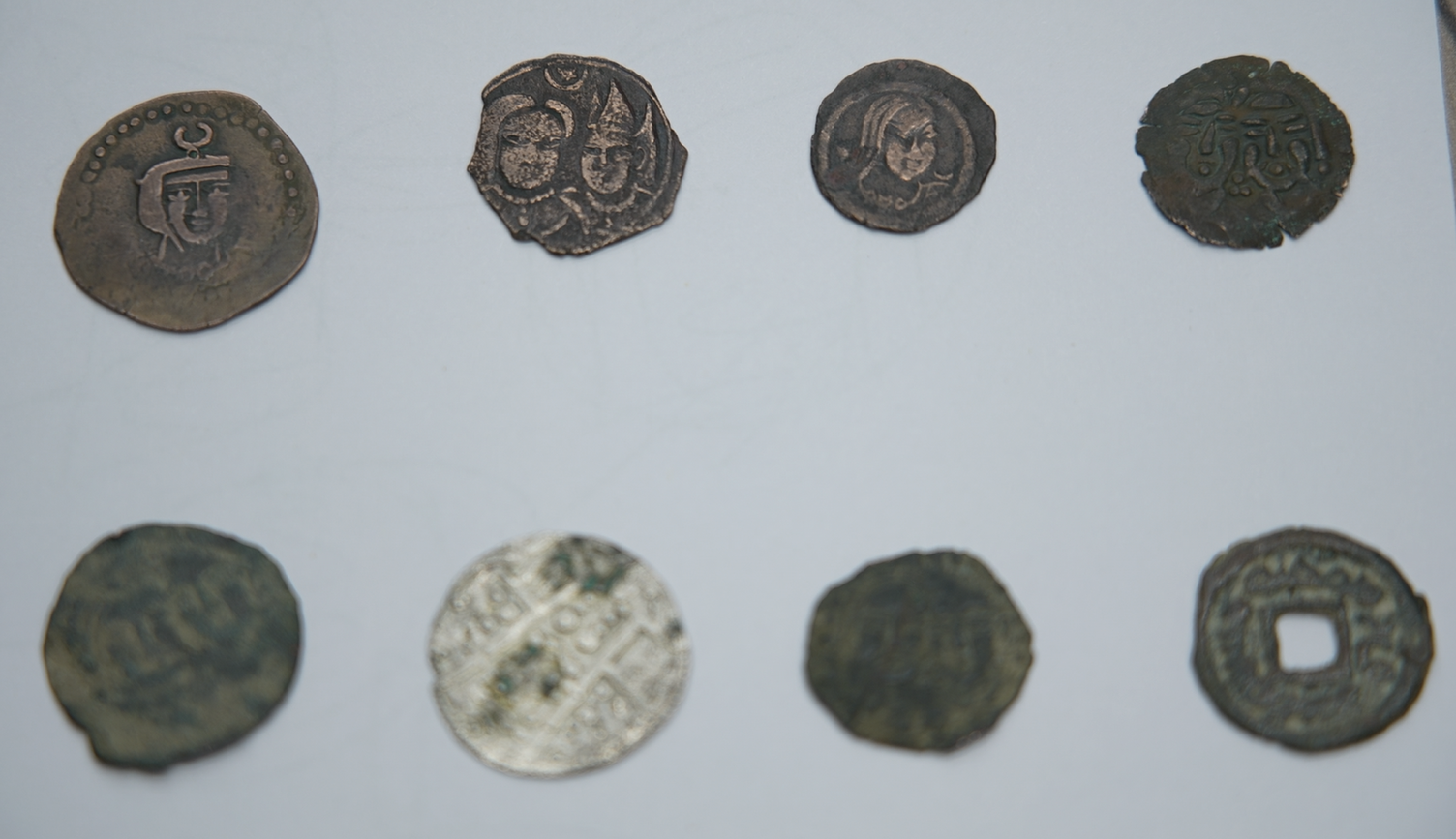The silent testimony of coins: traces of Civilization from Chach to Islam

The Numismatic Exhibition at the Center of Islamic Civilization in Uzbekistan is becoming a living source that sheds light on history.
The numismatic exhibition created at the Center of Islamic Civilization in Uzbekistan is not only a collection of ancient coins but also a living testimony to our history, a source that reflects statehood, economic, and cultural relations developed in our land.
It is well known that coins have long been a vital means of communication and exchange in civilizations, serving as the main pillar of economic life since ancient times. For more than two and a half millennia in Uzbekistan and the broader Turan region, trade relations were conducted through coins minted from various metals gold, silver, copper, and others.
Coins minted over nearly five thousand years from pre-Islamic times to the 20th century are expected to be displayed as a valuable part of the Center’s exhibition.
Through these coins, struck under dozens of dynasties and preserved with their inscriptions and images intact, our people can better understand their rich history, state traditions, socio-economic relations, and cultural achievements.
According to historians, coins have always served as symbols of information, exchange, and political power in every civilization. In Uzbekistan, regions such as ancient Bactria, Sogdiana, Khorezm, and Chach developed highly advanced coin minting. This process reflected not only trade but also political sovereignty.
Science, faith, and devotion to homeland through coins
Recently, Doctor of Historical Sciences, Professor Ghaybulla Boboyorov, officially transferred more than 80 rare coins from his personal collection, preserved for 25 years, to the Center of Islamic Civilization. Among them, coins from the 6th–8th centuries, particularly those minted in Chach (the present-day Tashkent oasis), are of special significance.
“These coins bear witness not only to the history of our homeland but also to the level of statehood and culture on a Eurasian scale. For me, transferring them to the Center is a moral duty”, said Professor Boboyorov.
Among the coins are unique specimens depicting a ruler and his consort together, dating back to the Turkic Khaganate, adorned with Sogdian inscriptions, and even bearing the title “Khatun”. Some coins fully preserve the name of the Turkic ruler Tegin, his symbolic mark, and inscriptions in the Turkic script.
According to the scholar, these reflect not only artistic quality but also the high level of political and social culture.
Coins — not just in a museum, but in a center of enlightenment
Experts at the Center of Islamic Civilization see the coins not merely as exhibits but as tools for teaching history to the younger generation through evidence-based learning. In this sense, Professor Boboyorov’s initiative is a shining example of turning personal wealth into national heritage.
It has been reported that a special scientific catalog will be prepared on the basis of this collection, and fundamental research in numismatics will be carried out. Moreover, these coins are planned to be introduced into academic circulation for the first time at international conferences.
Preserving heritage is elevating spirituality
This process serves broader goals such as restoring historical memory, preserving national heritage, and presenting it to the global community. For every coin is a silent yet indisputable witness of the past. Through it, our identity, values, and essence are revealed.
Most read

Over 100 experts from more than 20 countries of the world are in Tashkent!

President of Serbia Aleksandar Vučić visited the Islamic Civilization Center in Uzbekistan

The Center for Islamic Civilization – a global platform leading towards enlightenment











